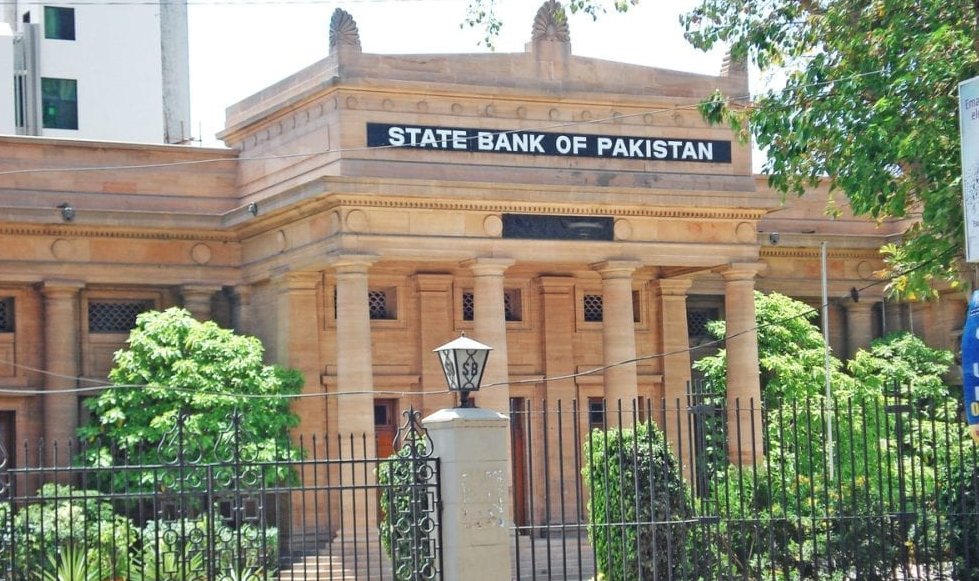Cameroon, a vibrant country located in Central Africa, boasts a thriving economy with a strong emphasis on financial services. At the heart of this financial landscape lies the Cameroon National Bank, the central bank of the nation and a key player in shaping the monetary policy and regulatory framework. In this article, we delve into the history, functions, and impact of the Cameroon National Bank, exploring how it drives economic growth and fosters financial inclusion in the region.
Overview of Cameroon National Bank
The Cameroon National Bank, also known as the Bank of Central African States (BEAC), was established in 1972 as a result of the monetary cooperation between six Central African countries, namely Cameroon, Chad, Equatorial Guinea, Gabon, Republic of Congo, and Central African Republic. BEAC’s primary objective is to maintain price stability, preserve the external value of the regional currency (CFA franc), and promote the smooth functioning of the monetary and financial system within these countries.
History and establishment of the Cameroon National Bank
The origins of the Cameroon National Bank can be traced back to the establishment of the Central Bank of Equatorial African States (BCEAO) in 1961. Following the dissolution of the BCEAO in 1972, the six countries mentioned earlier decided to create the BEAC, with its headquarters located in Cameroon’s capital city, Yaoundé. This move aimed to enhance monetary integration and create a unified central banking institution to support economic development and regional integration.
Role and functions of the Cameroon National Bank
As the central bank of the member countries, the Cameroon National Bank plays a crucial role in the monetary and financial system of the region. Its primary functions include issuing and managing the regional currency, conducting monetary policy operations, supervising and regulating financial institutions, and maintaining external reserves. The bank works closely with other regional and international financial institutions to promote stability, economic growth, and cooperation.
Monetary policy and regulation
The Cameroon National Bank formulates and implements monetary policy to ensure price stability and support sustainable economic growth. It achieves this through various measures such as setting interest rates, managing liquidity in the banking system, and regulating the money supply. The bank’s monetary policy decisions are guided by factors such as inflation rates, exchange rate stability, and overall economic indicators.
Organizational structure and governance
The Cameroon National Bank operates under a well-defined organizational structure, consisting of the General Council, the Board of Directors, and the Governor. The General Council, composed of representatives from member countries, establishes the bank’s policies and oversees its operations. The Board of Directors is responsible for strategic decision-making and ensuring compliance with legal and regulatory requirements. The Governor, appointed by the member countries, serves as the chief executive and represents the bank at national and international levels.
Services and products offered by the bank
The Cameroon National Bank provides a wide range of services and products to support the financial sector and the economy as a whole. These include commercial banking services, interbank payment systems, foreign exchange operations, management of public debt, and financial market development. The bank also plays a pivotal role in facilitating international trade and cross-border transactions through its monetary operations and foreign exchange reserves.
Branch network and accessibility
With its headquarters in Yaoundé, the Cameroon National Bank has a strong presence across the country. It operates through regional branches and agencies, ensuring accessibility to its services for individuals, businesses, and financial institutions. The bank’s branch network facilitates efficient monetary operations, financial intermediation, and access to liquidity, contributing to the stability and growth of the national economy.
Technology and innovation in banking
The Cameroon National Bank recognizes the importance of technology and innovation in advancing the banking sector. It embraces digital transformation initiatives to enhance efficiency, security, and accessibility of financial services. The bank promotes electronic payment systems, mobile banking, and financial technology solutions to empower individuals and businesses with convenient and inclusive banking experiences.
Initiatives by Cameroon National Bank for financial inclusion
Promoting financial inclusion is a key priority for the Cameroon National Bank. It implements various initiatives to ensure that underserved and marginalized populations have access to formal financial services. These initiatives include promoting microfinance institutions, supporting rural and agricultural finance, and fostering financial literacy programs. By expanding financial inclusion, the bank contributes to poverty reduction, economic empowerment, and sustainable development in Cameroon.
Contributions to the economy
The Cameroon National Bank’s efforts have significant contributions to the overall economy of the country. By maintaining price stability, the bank provides a conducive environment for businesses to plan investments and make financial decisions. Its monetary policy decisions impact interest rates, exchange rates, and credit availability, influencing the cost and availability of capital for businesses and individuals alike. Additionally, the bank’s regulatory oversight ensures the stability and integrity of the financial system, which is crucial for attracting domestic and foreign investments.
Challenges and future prospects of Cameroon National Bank
While the Cameroon National Bank has made notable strides in promoting economic growth and financial inclusion, it faces several challenges. These challenges include combating money laundering and financial crimes, enhancing cybersecurity, and managing the risks associated with rapid technological advancements. To address these challenges, the bank continues to collaborate with international partners, strengthen regulatory frameworks, and invest in technological infrastructure. The future prospects for the Cameroon National Bank remain promising, as it strives to adapt to changing dynamics and foster sustainable development in the region.
Frequently Asked Questions (FAQs)
1. What is the role of the Cameroon National Bank?
The Cameroon National Bank, also known as the Bank of Central African States (BEAC), plays a crucial role in maintaining price stability, managing the regional currency, and promoting the smooth functioning of the monetary and financial system within member countries.
2. How does the Cameroon National Bank contribute to financial inclusion?
The bank implements various initiatives to promote financial inclusion, including supporting microfinance institutions, rural and agricultural finance, and conducting financial literacy programs to ensure underserved populations have access to formal financial services.
3. Where is the headquarters of the Cameroon National Bank located?
The headquarters of the Cameroon National Bank is located in Yaoundé, the capital city of Cameroon.
4. How does the Cameroon National Bank promote technological innovation in banking?
The bank embraces digital transformation initiatives, promotes electronic payment systems, mobile banking, and financial technology solutions to enhance the efficiency, security, and accessibility of financial services.
5. What are the future prospects for the Cameroon National Bank?
The bank aims to address challenges such as money laundering, cybersecurity, and technological advancements. By collaborating with international partners and investing in infrastructure, it strives to foster sustainable development and economic growth in the region.
Conclusion
The Cameroon National Bank, as the central bank of Cameroon and other Central African countries, plays a pivotal role in shaping the monetary policy, regulating financial institutions, and driving economic growth. With a strong emphasis on financial inclusion and technological innovation, the bank strives to provide accessible and efficient financial services to individuals, businesses, and institutions. As Cameroon continues to develop and expand its economy, the Cameroon National Bank remains a vital institution, fostering stability, facilitating trade, and contributing to the overall prosperity of the nation.
References
- Bank of Central African States – Official Website
- Cameroon National Bank – Wikipedia
- Central African Economic and Monetary Community (CEMAC) – Official Website
- Promoting Financial Inclusion: Cameroon’s Experience – IMF

